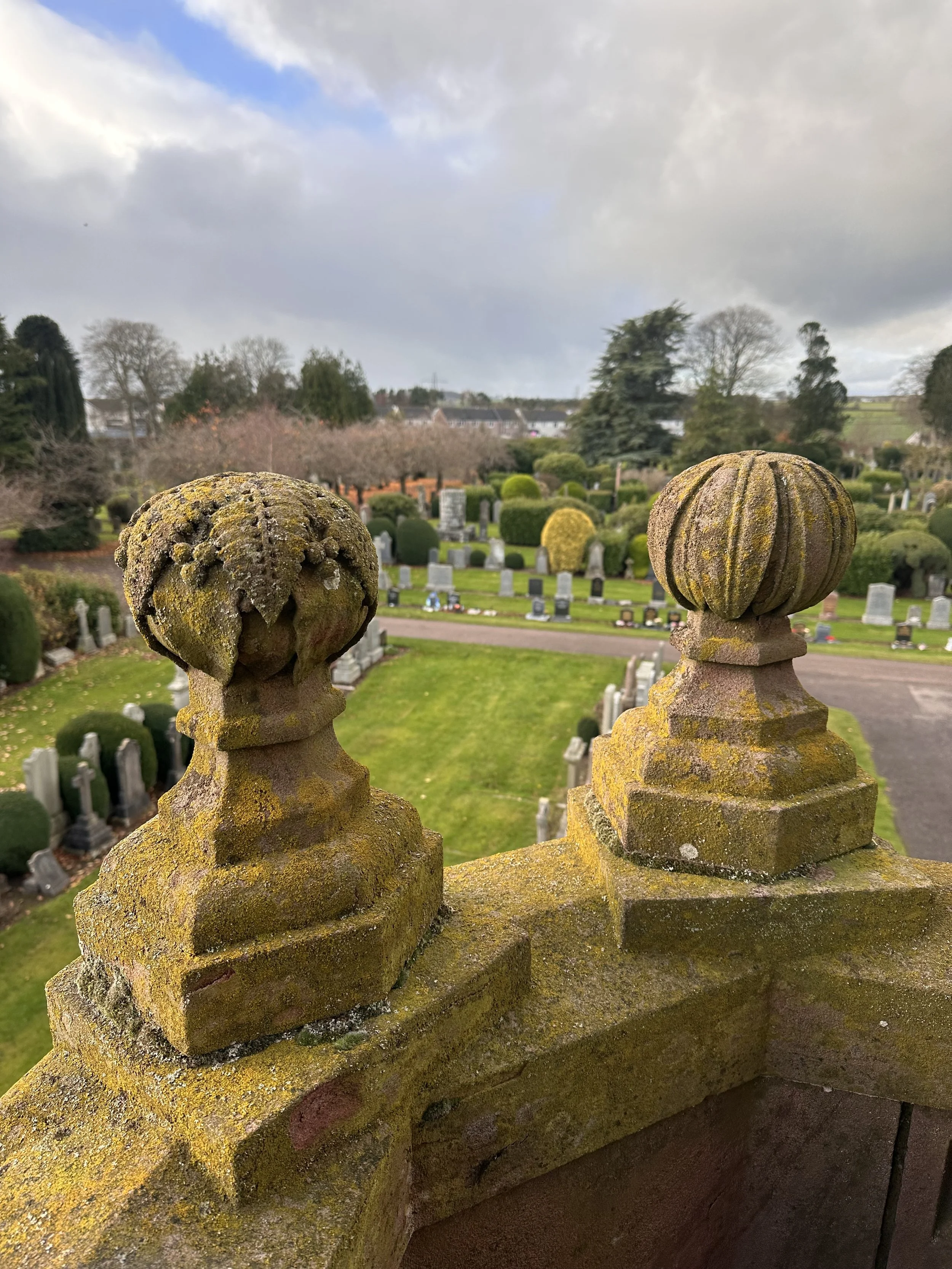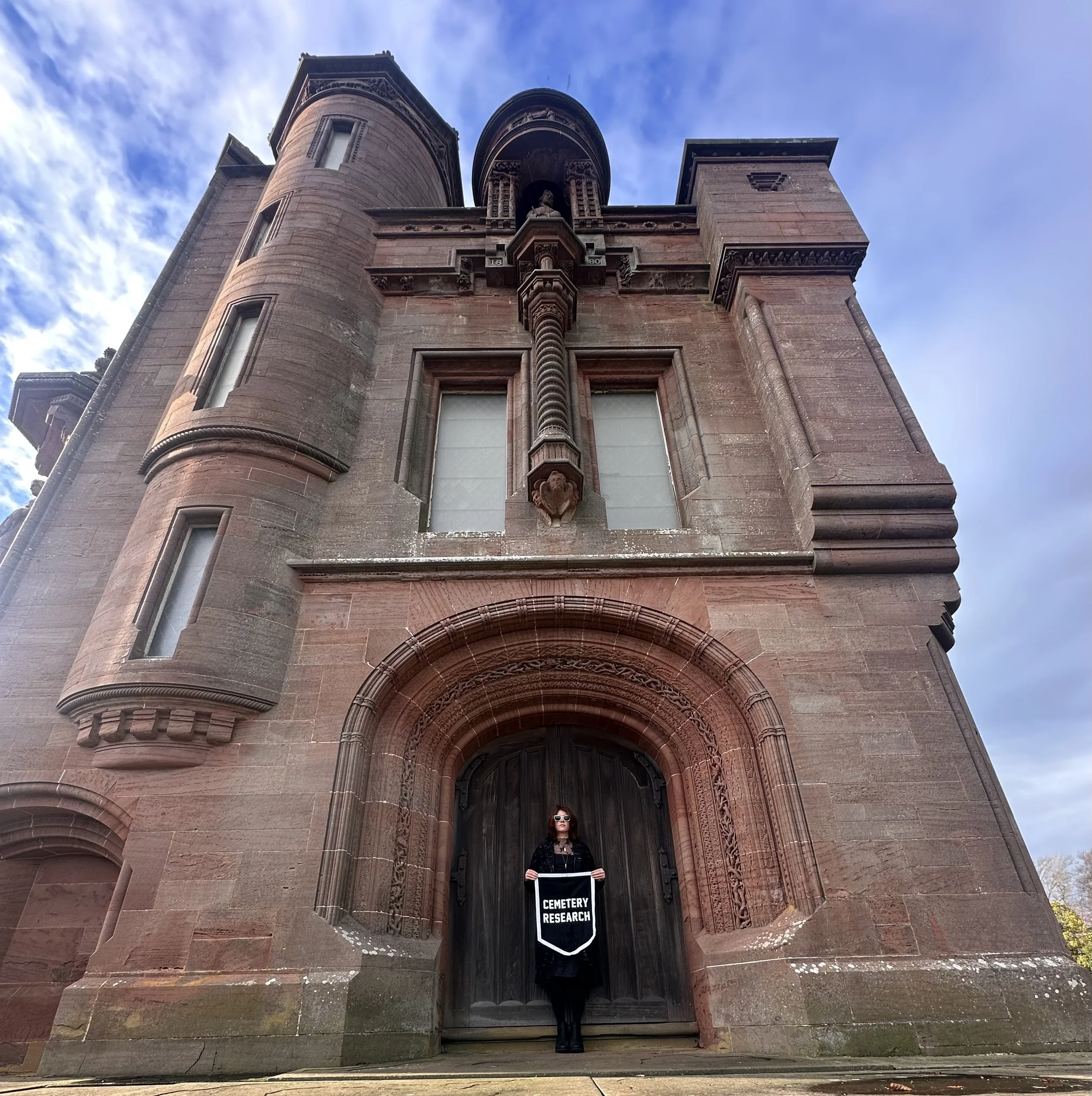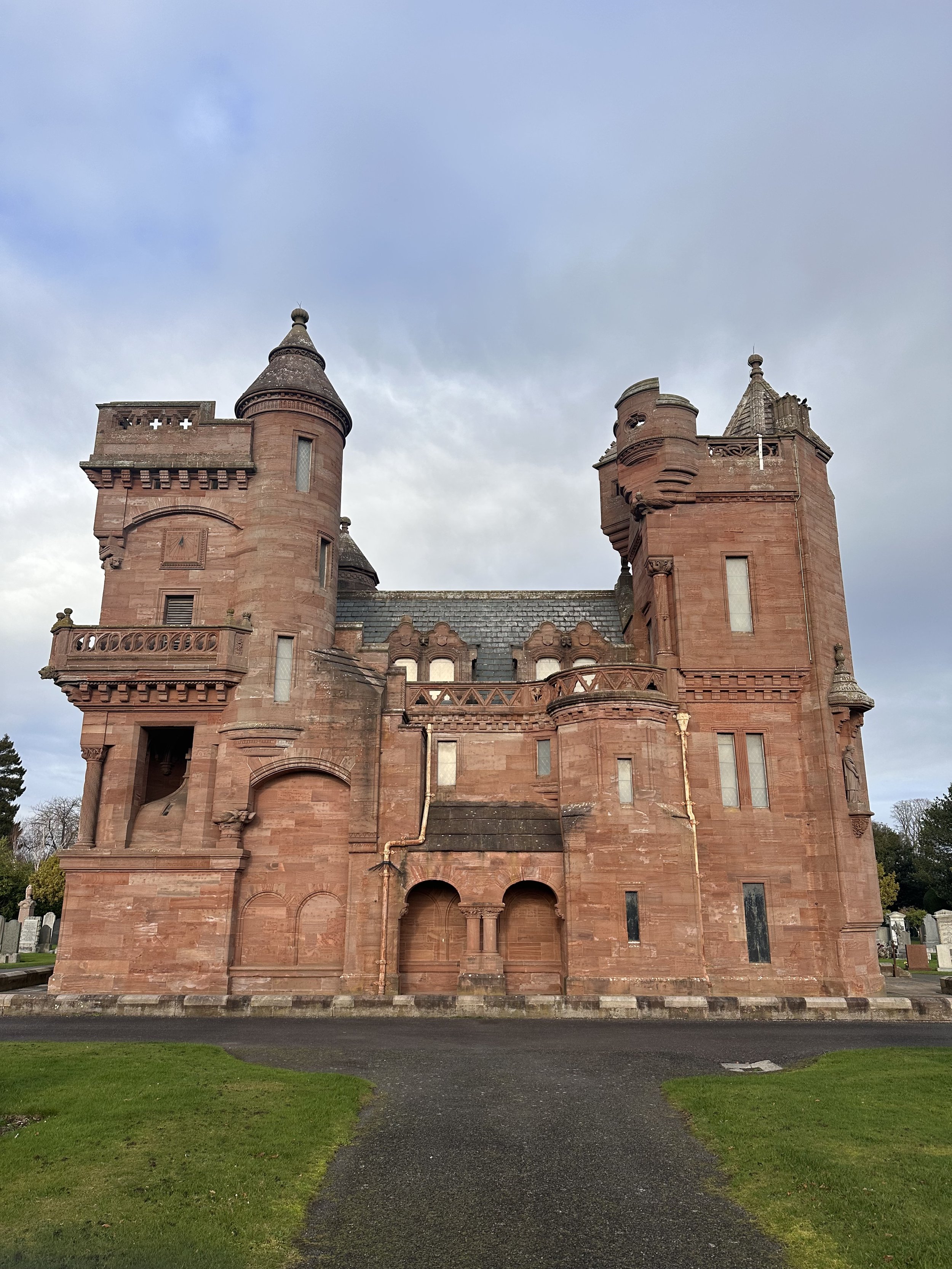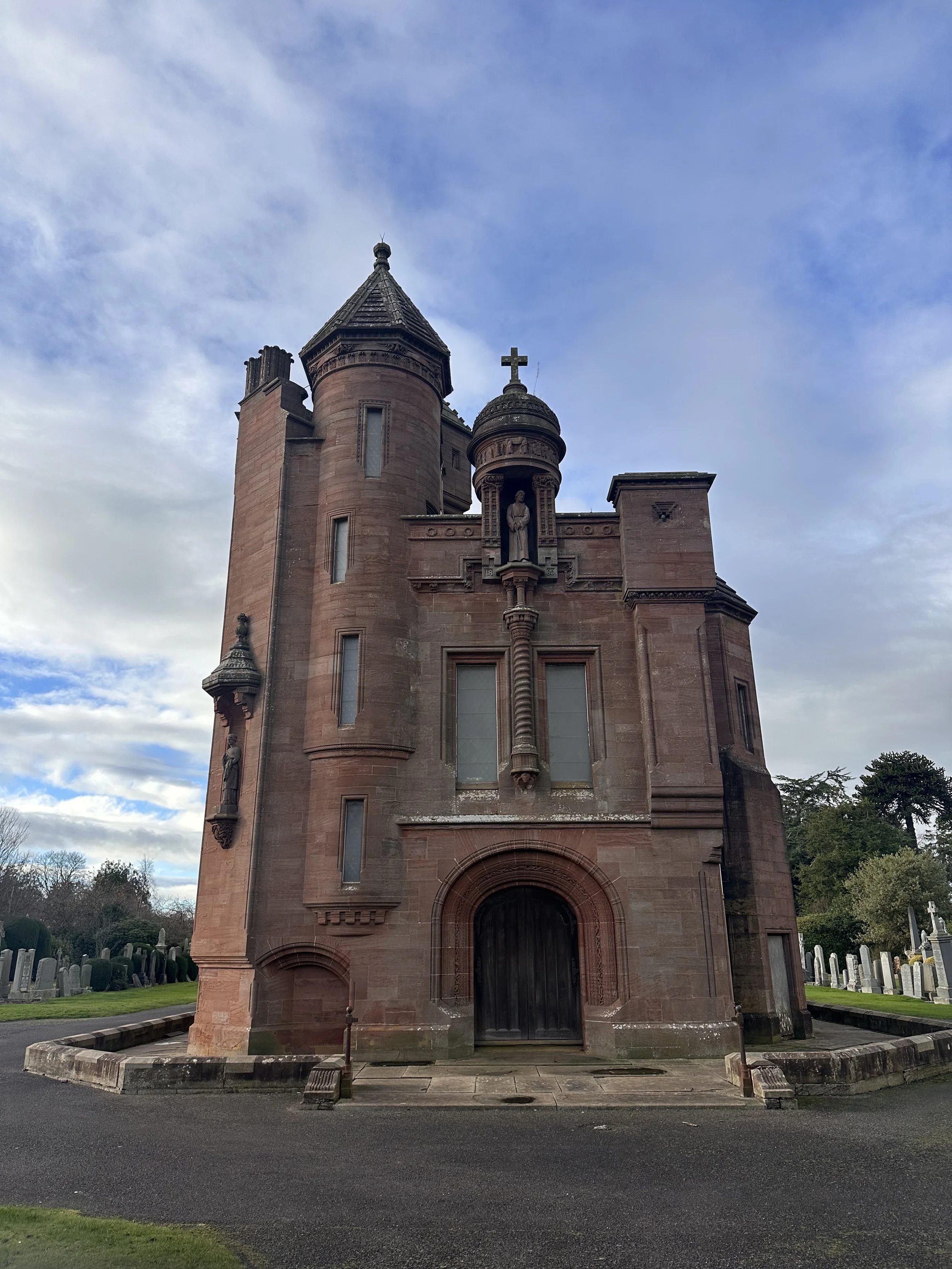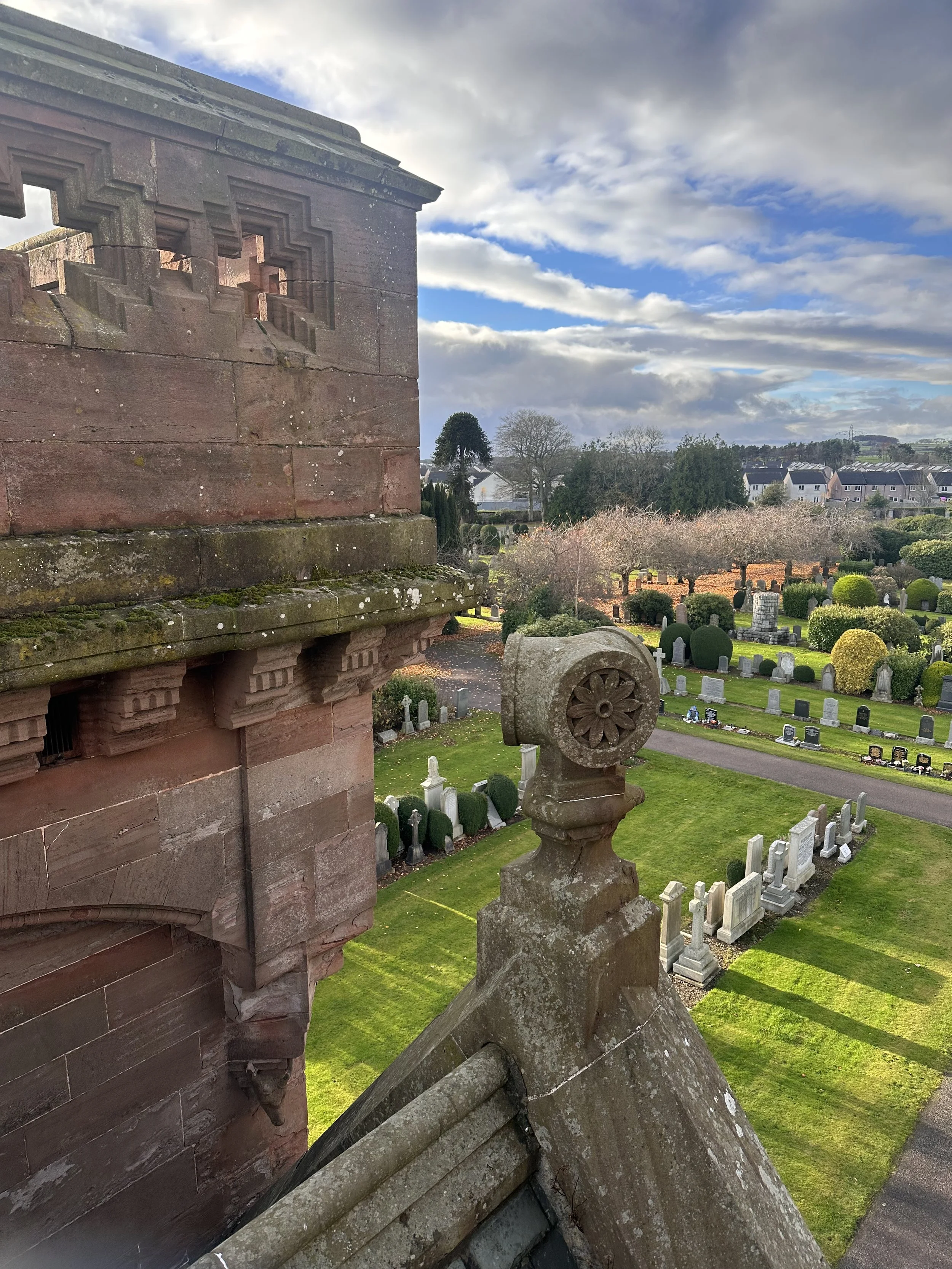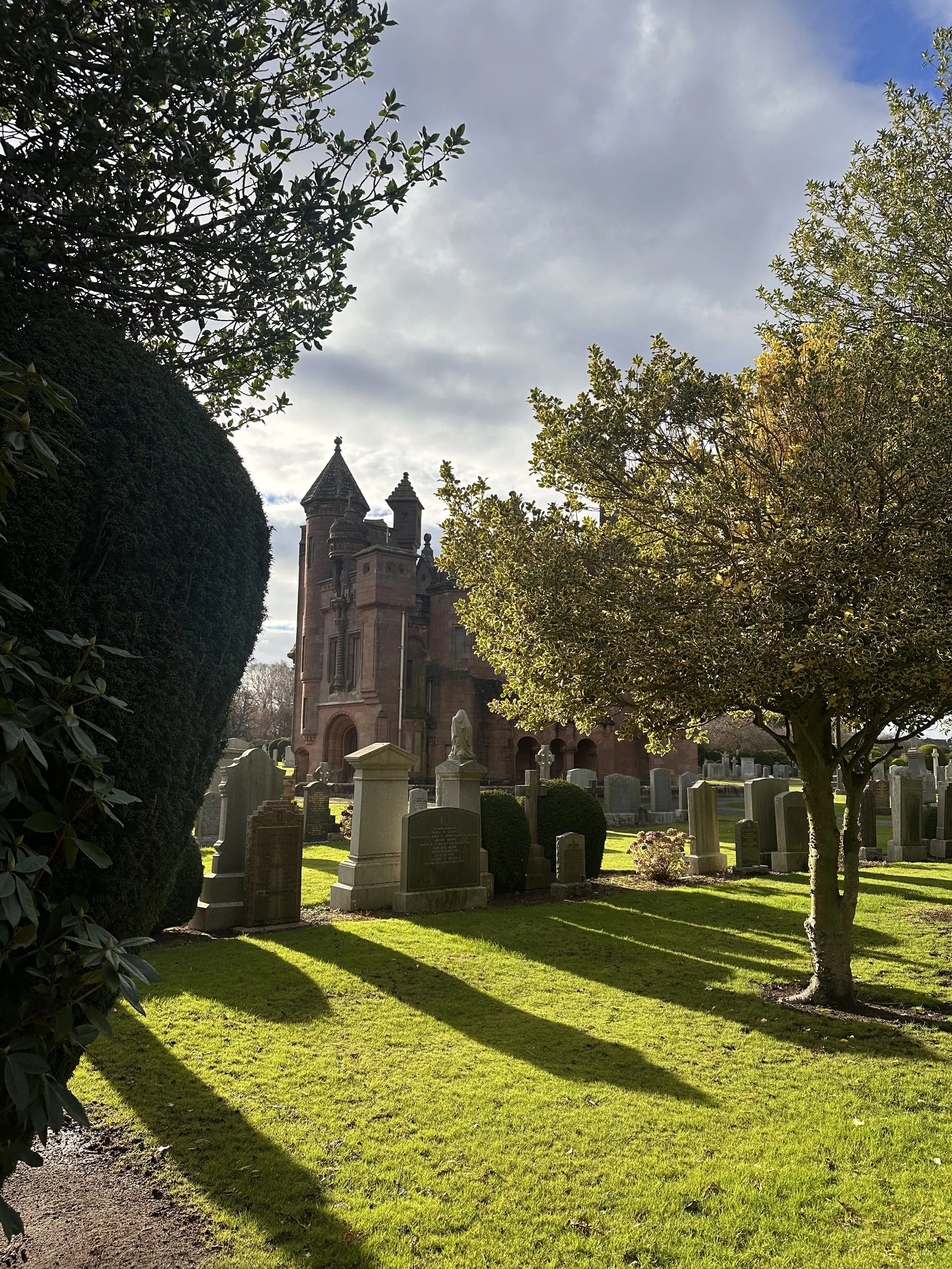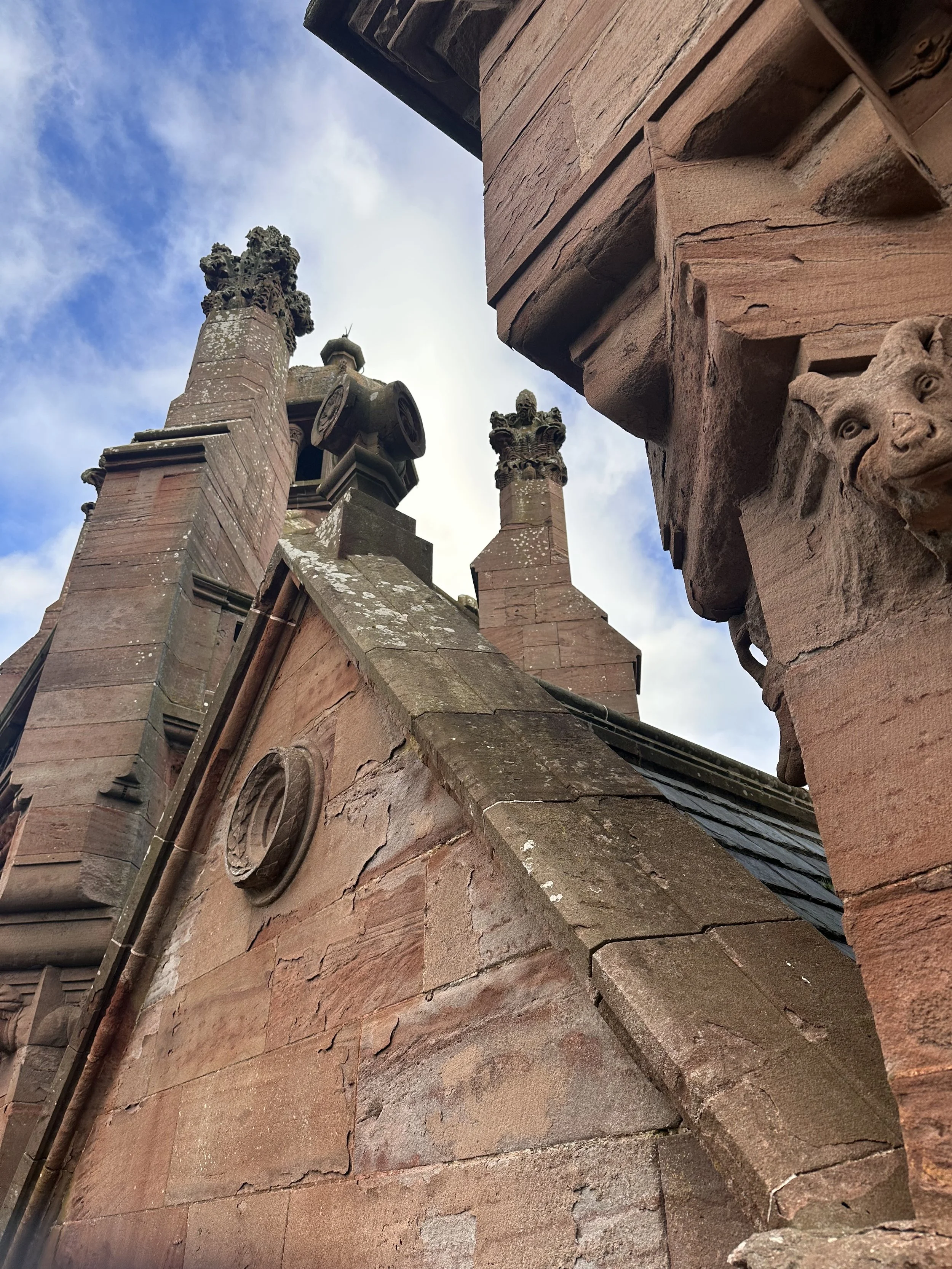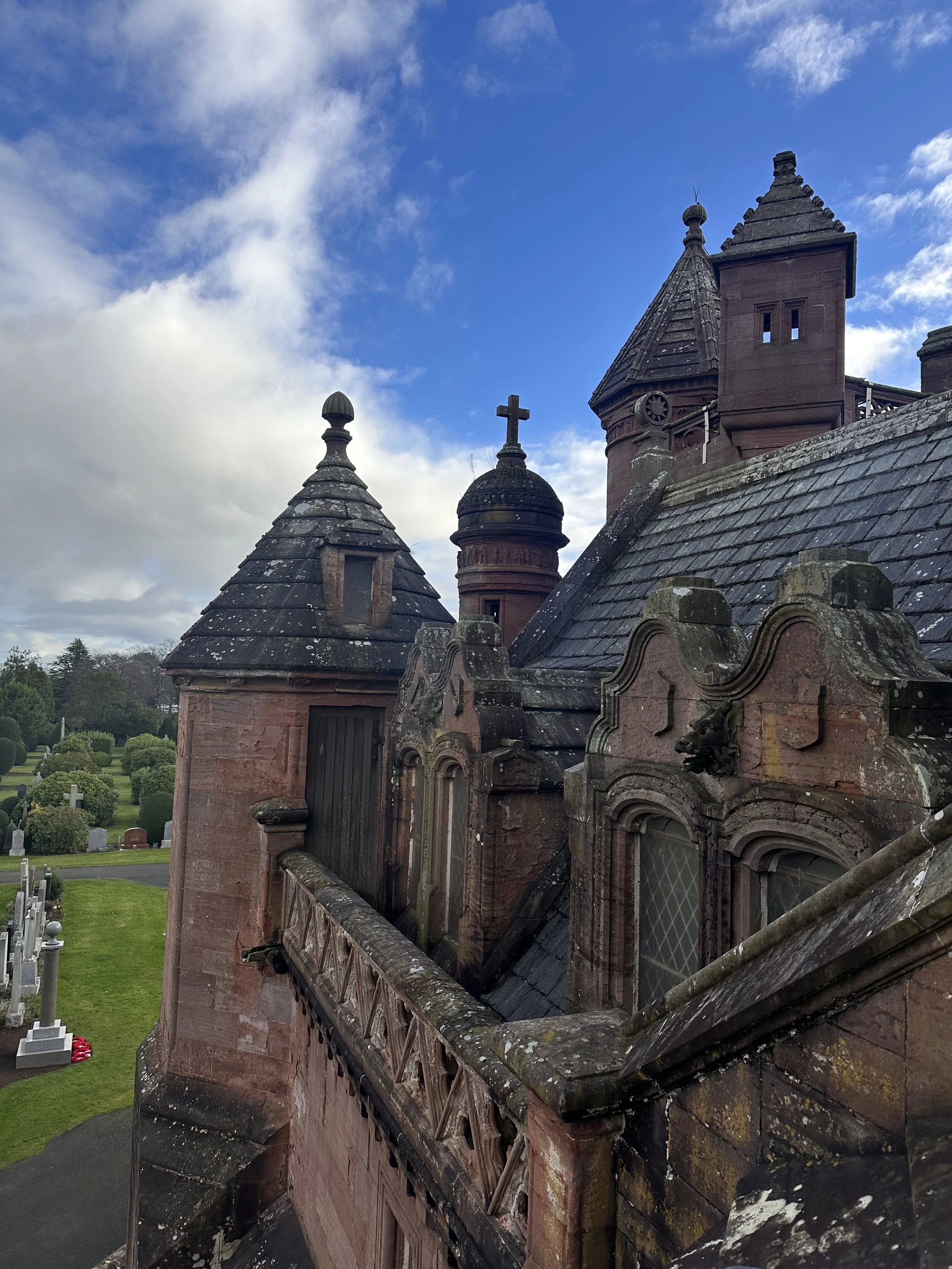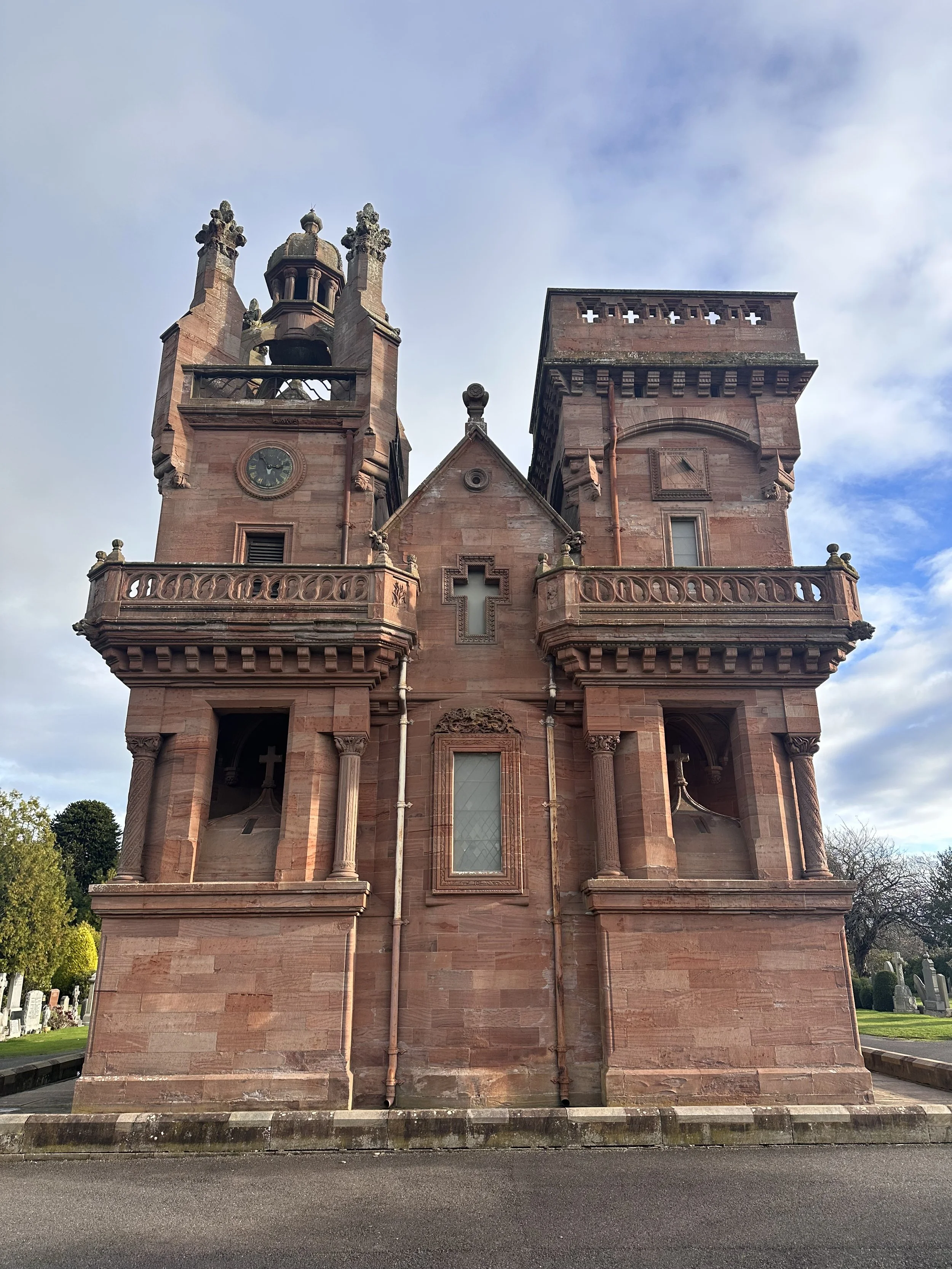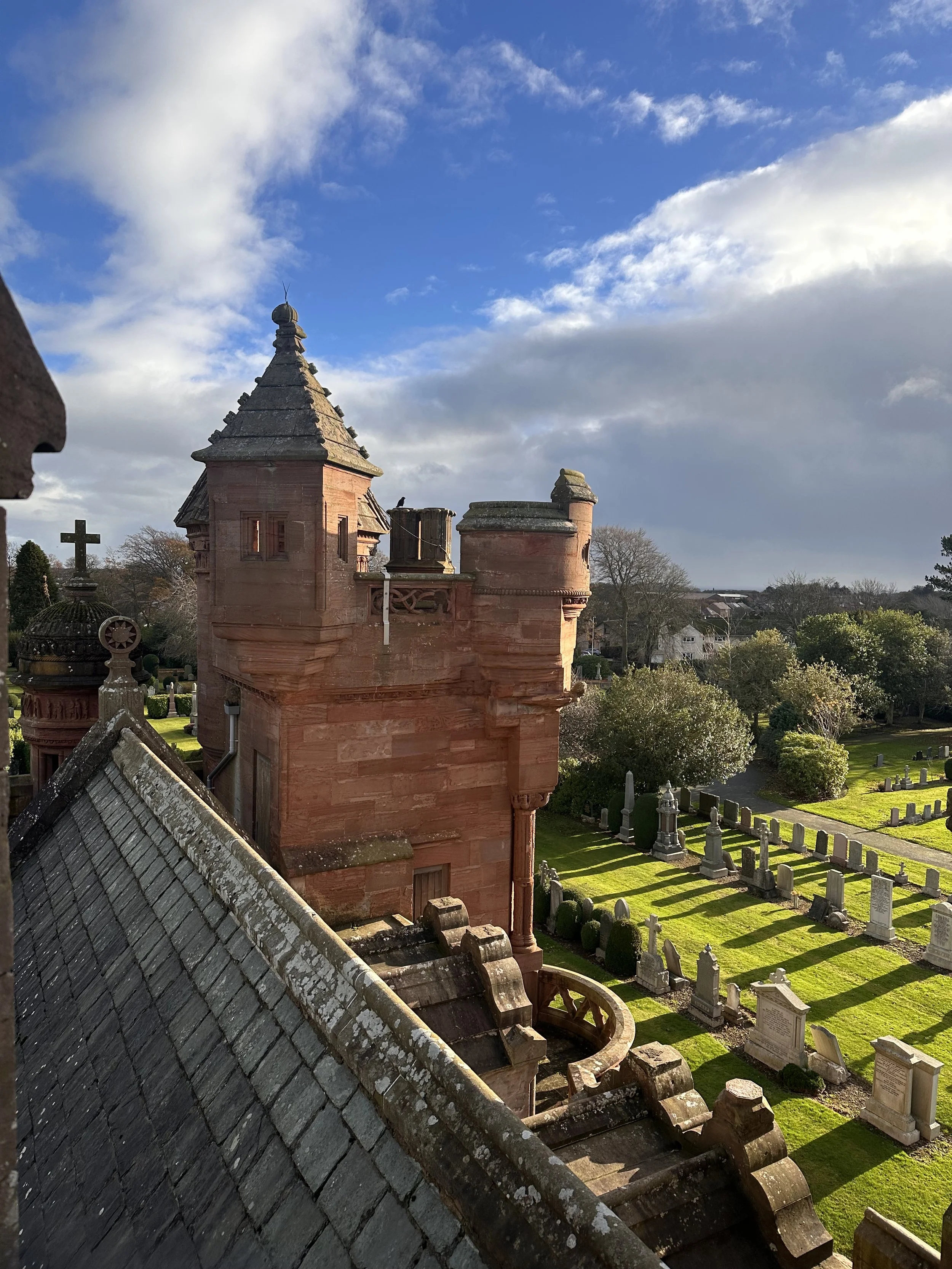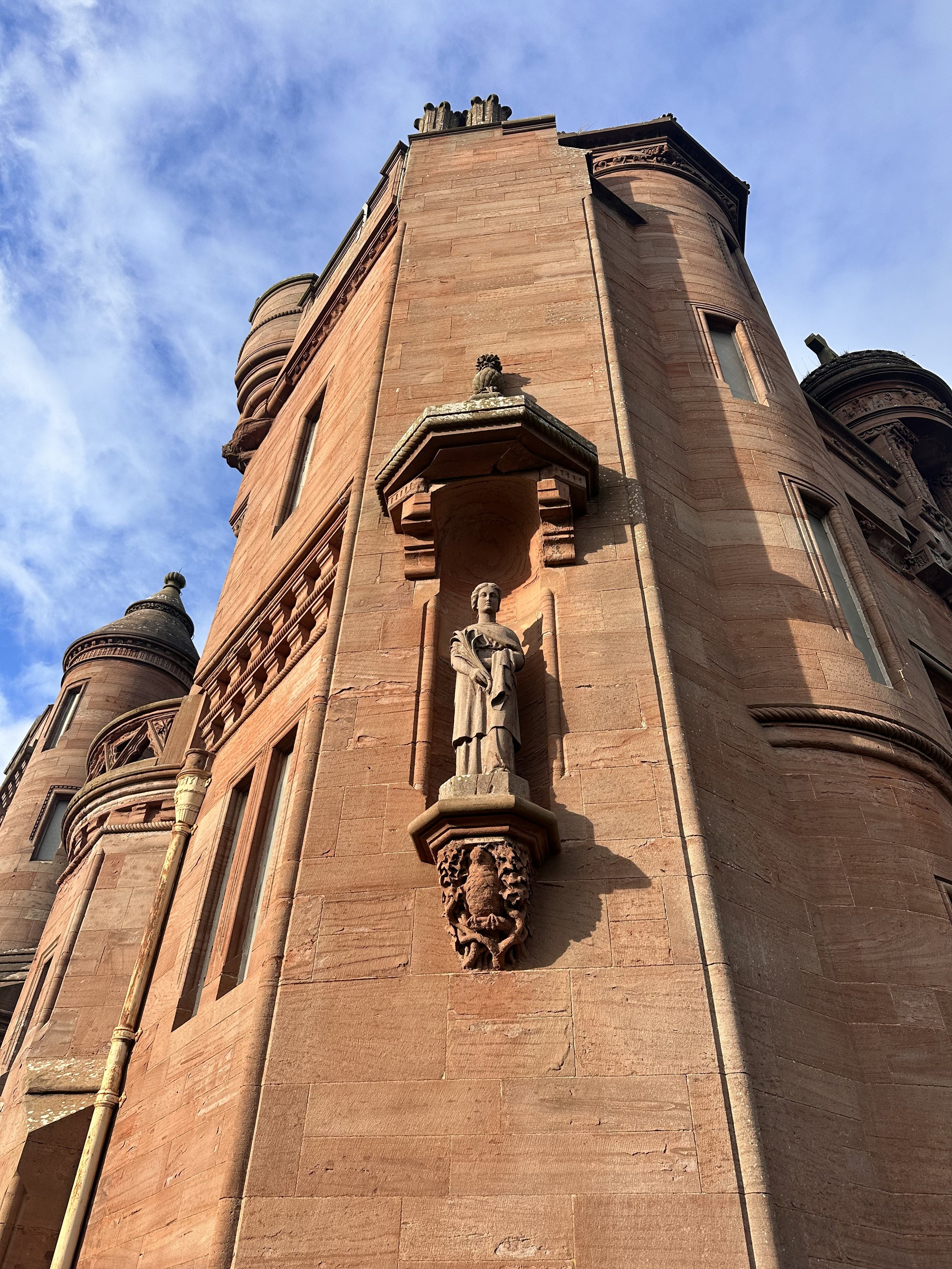MAPPING THE LIMINAL
Mapping the Liminal is a narrative-driven, interdisciplinary exploration of cemeteries as living cultural landscapes. The book looks at places where history, ecology, architecture, and community converge in ways that reveal how societies navigate grief, belonging, and change. Blending social geography, archival research, fieldwork, and a deeply personal artistic practice, the book positions cemeteries not as static relics of the past but as dynamic environments that mirror the shifting values and vulnerabilities of the present.
Structured as a series of interlinked chapters, each anchored to a specific burial ground, the book moves from rural family plots in Appalachia to urban Victorian cemeteries, coastal burial grounds shaped by rising seas, Scottish mortuary chapels, and early Quaker meetinghouse grounds outside Philadelphia. Each site becomes a portal into the community that holds it, its histories, traumas, ecologies, and acts of care. Through walking, mapping, photographing, drawing, and talking with those who maintain and use these places, the book traces how cemeteries function as unexpected commons: green corridors in dense cities, sanctuaries for collective memory, indicators of environmental change, and sites where the living continually renegotiate the relationship between public and private, sacred and civic, permanence and impermanence.
Across the chapters, the book advances a central argument: cemeteries are not simply about the dead. They are about how the living choose to remember, preserve, land-manage, resist erasure, and imagine a future. Whether the Sugarlands Cemetery buried within a national park reshaped by tourism and wilderness policy, the Dorotheenstädtischer Friedhof holding philosophers and poets in the center of a rapidly transforming Berlin, or the Elizabeth Fraser Mortuary Chapel in Arbroath standing against coastal erosion and industrial legacy, these sites reveal how communities adapt to structural change and how landscapes are always in motion.
As an artist and social geographer, I bring a hybrid methodology to the page including my field notes, historical fragments, spatial analysis, narrative nonfiction, architectural description, personal memory, and a studio-based drawing practice that serves as a mode of thinking rather than mere illustration. Together, these elements create a textured, accessible, and deeply empathetic portrait of cemeteries as liminal spaces that hold both the weight of history and the urgencies of our contemporary moment.
Part cultural geography, part travelogue, part meditation on loss and care, Mapping the Liminal speaks to readers interested in place, landscape, memory studies, environmental change, and the ways we attach meaning to the ground beneath us. It offers a new understanding of cemeteries as vibrant, evolving, and profoundly human spaces by reminding us that how we bury reveals who we are, what we value, and how we hope to be remembered.
